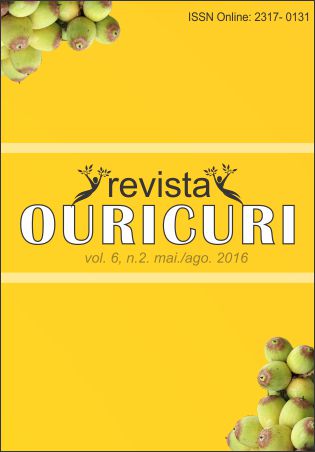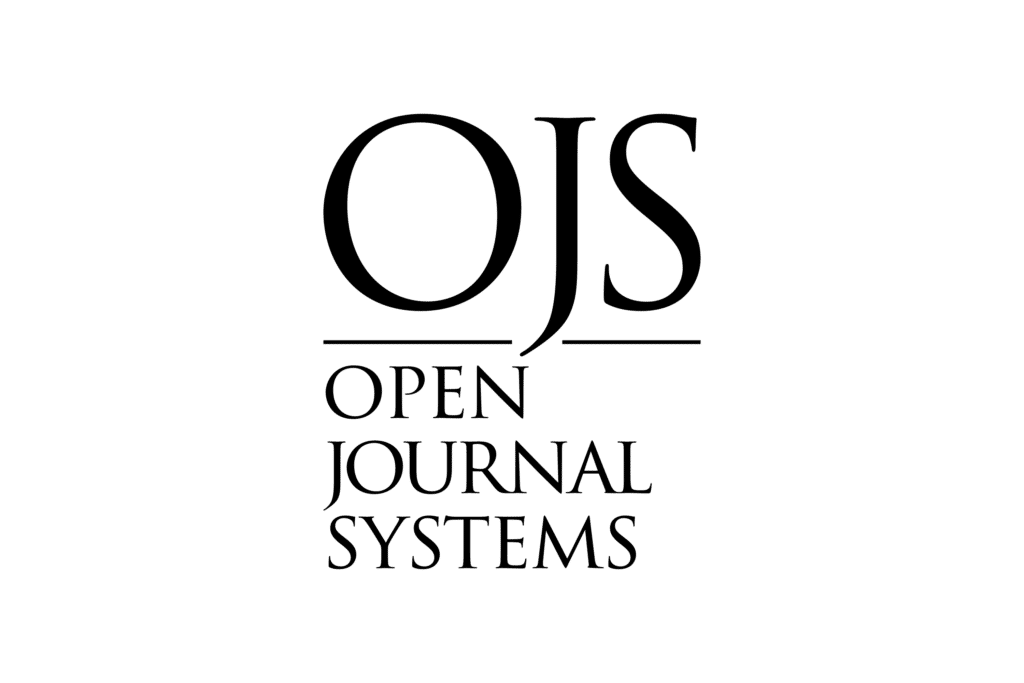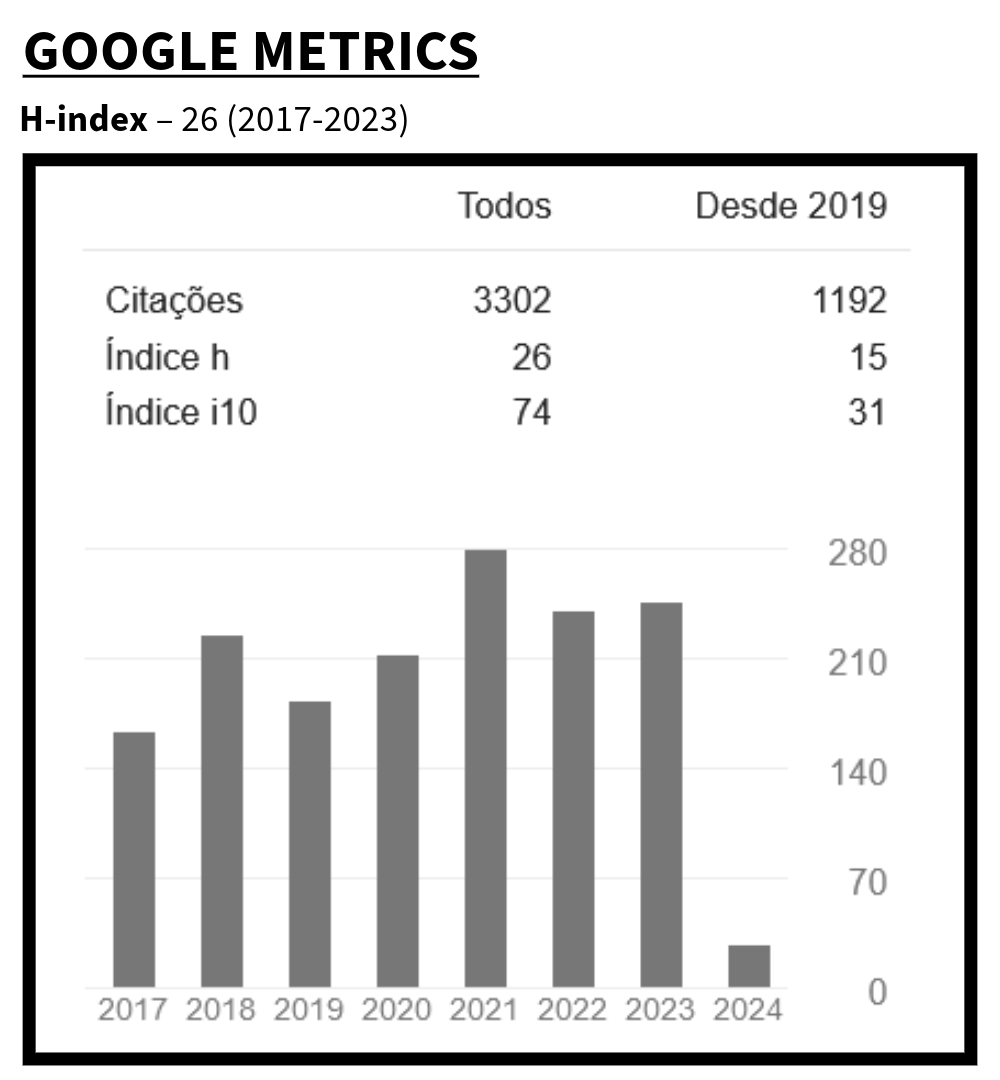THE BEACHCARE PROGRAM: COMMUNITY PARTICIPATION IN COASTAL DUNE RESTORATION
DOI:
https://doi.org/10.59360/ouricuri.vol6.i2.a3169Keywords:
Governance, Coastal Management, Collaborative Strategies, Coastal Erosion, Extreme Weather Events.Abstract
Coastal management through community involvement has significant advantages over non-participatory approaches as involving the community allows for consideration of multiple interests, resources, and skills that may expand the capacity for action and enhances local stewardship. Participation can help increase project efficiency as it avoids duplication of efforts. Collaborative strategies have been adopted in environmental management in the state of Queensland, Australia. Local governments have been responsible for integrating local instruments with state-level policies in coastal management. This paper analyses a community engagement program for the restoration of coastal environments in Gold Coast. One arm of the program is the BeachCare program, which involves volunteers from local communities in the restoration of coastal dunes. The program involved ten areas of coastal dunes on the Gold Coast. The study analyses the role of community participation in dune restoration by examining the following questions: 1) How do BeachCare volunteers engage with the restoration project? 2) Has community participation in dune restoration been consistent since the program was established in 2005? 3) What types of advantages, if any, did participation bring to the BeachCare program? Data on participants were analysed and a profile of participating volunteers was established over an eleven-year period (2005-2016). Results indicate that the number of participants increased during the period studied. The number of hours of volunteer work has also increased over the years. BeachCare volunteers have provided a number of reasons why they have chosen to volunteer including benefitting from some kind of social interaction, helping the community, and due to their concern for the environment. Attracting volunteers for environmental projects can enhance the community's ability to organise and create stable collaborative networks that will act more effectively in other situations of responding to disasters and extreme weather events.
Downloads
References
ASAH, S. T.; LENENTINE, M. M.; BLAHNA, D. J. Benefits of urban landscape eco-volunteerism: Mixed methods segmentation analysis and implications for volunteer retention. Landscape and Urban Planning, v. 123, p. 108–113, 2014.
BENDT, P. et al. Ecological restoration volunteers: the benefits of participation. Landscape and Urban Planning, v. 88, n. 1, p. 27–41, 2014.
BENDT, P.; BARTHEL, S.; COLDING, J. Civic greening and environmental learning in public-access community gardens in Berlin. Landscape and Urban Planning, v. 109, n. 1, p. 18–30, 2013.
BIHARI, M.; RYAN, R. Influence of social capital on community preparedness for wildfires. Landscape and Urban Planning, v. 106, n. 3, p. 253–261, 2012.
COLDING, J.; BARTHEL, S. The potential of “Urban Green Commons” in the resilience building of cities. Ecological Economics, special issue on urban resilience building. in Review, v. 86, p. 156–166, 2012.
COWIE C 2010. Volunteers matter: The geographies of community-based ecological restoration groups in the Wellington Region. Unpublished Master’s thesis, Victoria University of Wellington, Wellington. (http://researcharchive.vuw.ac.nz/xmlui/handle/10063/1506) Accessed: 03/10/2016
DAHM, J. et al. Community-based Dune Management for the Mitigation of Coastal Hazards and Climate Change Effects: A Guide for Local Authorities. p. 36, 2005.
FORESTS, A. Z.; PAPER, F. W. Guidelines on sustainable forest management in drylands of sub-Saharan Africa. [s.d.].
FAO. 2010. Guidelines on sustainable forest management in drylands of sub-Saharan Africa. Arid Zone Forests and Forestry Working Paper No. 1. Rome.
GROSS, M.; HOFFMANN-RIEM, H. Ecological restoration as a real-world experiment: designing robust implementation strategies in an urban environment. Public Understanding of Science, v. 14, p. 269–284, 2005.
HUANG, W. P.; YIM, J. Z. Sand dune restoration experiments at Bei-Men Coast, Taiwan. Ecological Engineering, v. 73, p. 409–420, 2014.
KRASNY, M. E. et al. New York City’s oyster gardeners: Memories and meanings as motivations for volunteer environmental stewardship. Landscape and Urban Planning, v. 132, p. 16–25, 2014.
LINDA T.; CAISSIE M.A; ELIZABETH A.; HALPENNY M.E.S (2003) Volunteering for nature: Motivations for participating in a biodiversity conservation volunteer program, World Leisure Journal, 45:2, 38-50, 2003
MARTÍNEZ, M.L.; SILVA, R.; MENDOZA, E.; ODÉRIZ, I., AND PÉREZ-MAQUEO, O. M. Coastal Dunes and Plants: An Ecosystem-Based Alternative to Reduce Dune Face Erosion. v. 26, n. 3, p. 403–411, 2014.
MILES, I.; SULLIVAN, W. C.; KUO, F. E. Ecological restoration volunteers: the benefits of participation. Urban Ecosystems, v. 2, p. 27–41, 1998.
MOURA, F. D. B. P.; MENDES MALHADO, A. C.; LADLE, R. J. Nursing the caatinga back to health. Journal of Arid Environments, v. 90, p. 67–68, mar. 2013.
MUURMANS, M.; LEAHY, P.; RICHARDS, L. Communicating beach management: educators; coastal engineers and local governments collaborating to create successful education programs. Journal of Coastal Research, v. 75, n. sp1, p. In: Vila-Concejo, A.; Bruce, E.; Kennedy, D.M., an, 3 mar. 2016.
PETERS, M. A.; HAMILTON, D.; EAMES, C. Action on the ground: A review of community environmental groups: restoration objectives, activities and partnerships in New Zealand. New Zealand Journal of Ecology, v. 39, n. 2, p. 179–189, 2015.
SANO, M. et al. Coastal vulnerability and progress in climate change adaptation: An Australian case study. Regional Studies in Marine Science, v. 2, n. AUGUST, p. 113–123, 2015.
ZAMITH, L. R.; SCARANO, F. R. Restoration of a Restinga Sandy coastal plain in Brazil: Survival and growth of planted woody species. Restoration Ecology, v. 14, n. 1, p. 87–94, 2006.
OEH (2013). Merimbula Beach dune restoration. Coastal management program case study. Office of Environment and Heritage. NSW Government. (http:// www.environment.nsw.gov.au/resources/coasts/130083Merimbula.pdf) Accessed 22/9/2016.
Downloads
Published
How to Cite
Issue
Section
License
Authors who publish with this journal agree to the following terms:
a. Authors retain copyright and grant the journal right of first publication with the work simultaneously licensed under a Creative Commons Attribution License that allows others to share the work with an acknowledgement of the work’s authorship and initial publication in this journal.
b. Authors are able to enter into separate, additional contractual arrangements for the non-exclusive distribution of the journal’s published version of the work (e.g., by posting it to an institutional repository or publishing it in a book), with an acknowledgement of its authorship and initial publication in this journal.
c. Authors are permitted and encouraged to post and distribute their work online (e.g., in institutional repositories or on their website) at any point prior to and during the editorial process, as it can lead to productive exchanges, as well as earlier and greater citation of published work (See The Effect of Open Access).













 B1 (2017-2020)
B1 (2017-2020)


















